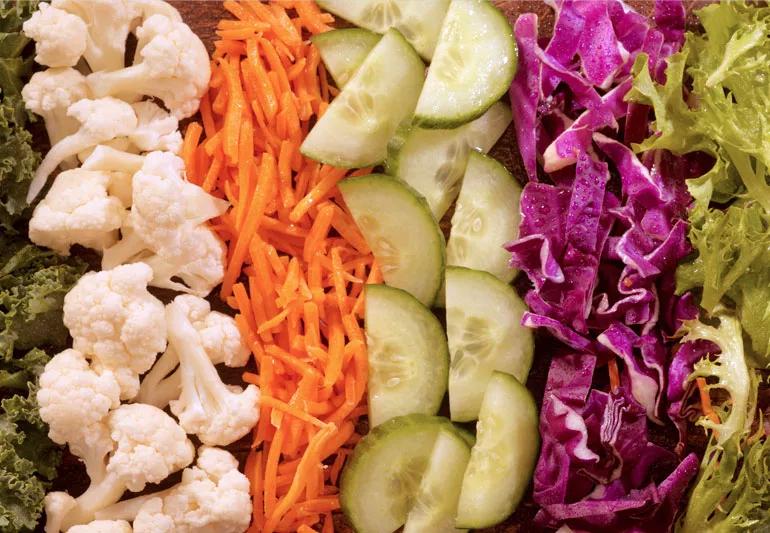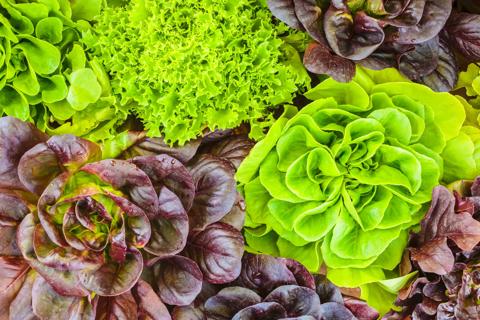As good as fresh vegetables if you follow these tips

Walking through the produce section in the grocery store can be daunting. The good news is that pre-cut, packaged vegetables are just as healthy for you as whole vegetables – as long as they’re fresh. They’re also less time-consuming to prepare, making it more likely that you’ll include them in your home cooking.
Advertisement
Cleveland Clinic is a non-profit academic medical center. Advertising on our site helps support our mission. We do not endorse non-Cleveland Clinic products or services. Policy
There are some things you should keep in mind, though, when shopping for baby carrots, celery sticks, broccoli florets or other pre-cut, bagged foods. Here are seven tips from dietitian Katherine Patton, MEd, RD, LD:
Advertisement
Advertisement
Learn more about our editorial process.
Advertisement

This root veggie can also benefit your gut, heart and eyes

As the stalky vegetable breaks down, it leaves behind sulfuric byproducts that can make your pee stink

Most of the time, beeturia is a curiosity, not a concern

This cruciferous veggie boosts your bone, eye and heart health and contributes to a lower risk of cancer

Some diets shun them, but research hasn’t concluded that they’re harmful

This versatile type of seaweed may help support weight loss, bone health and cancer prevention

Pickles are low in fat and calories and rich in some vitamins and minerals, but they’re usually high in sodium

Lettuce is a versatile vegetable loaded with antioxidants and good-for-you nutrients

Babies can get congested easily, but you can calm their cough by keeping them hydrated, using nasal drops and running a humidifier

Weight loss may cause loose, sagging skin and muscle loss to your rear

Several conditions, like vitiligo and fungal infection, can cause a loss of pigmentation, leading to white spots or patches on your skin